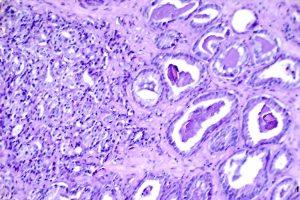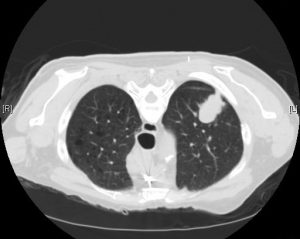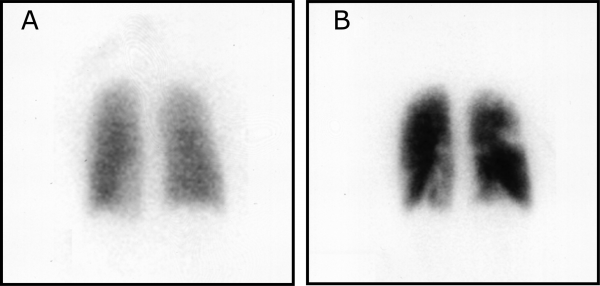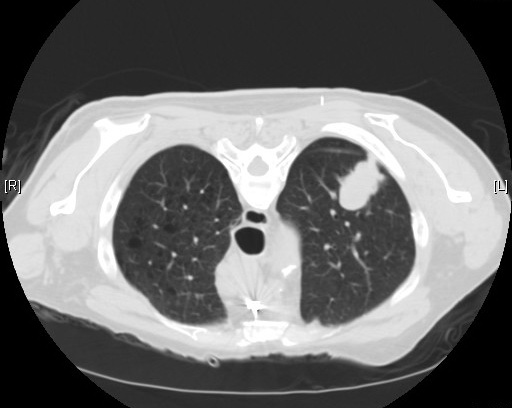“Early Palliative Care for Patients with Metastatic Non-Small-Cell Lung Cancer”
N Engl J Med. 2010 Aug 19;363(8):733-42. [free full text]
—
Ideally, palliative care improves a patient’s quality of life while facilitating appropriate usage of healthcare resources. However, initiating palliative care late in a disease course or in the inpatient setting may limit these beneficial effects. This 2010 study by Temel et al. sought to demonstrate benefits of early integrated palliative care on patient-reported quality-of-life (QoL) outcomes and resource utilization.
The study enrolled outpatients with metastatic NSCLC diagnosed < 8 weeks prior and ECOG performance status 0-2 and randomized them to either “early palliative care” (met with palliative MD/ARNP within 3 weeks of enrollment and at least monthly afterward) or to standard oncologic care. The primary outcome was the change in Trial Outcome Index (TOI) from baseline to 12 weeks.
TOI = sum of the lung cancer, physical well-being, and functional well-being subscales of the Functional Assessment of Cancer Therapy–Lung (FACT-L) scale (scale range 0-84, higher score = better function)
Secondary outcomes included:
-
-
- change in FACT-L score at 12 weeks (scale range 0-136)
- change in lung cancer subscale of FACT-L at 12 weeks (scale range 0-28)
- “aggressive care,” meaning one of the following: chemo within 14 days before death, lack of hospice care, or admission to hospice ≤ 3 days before death
- documentation of resuscitation preference in outpatient records
- prevalence of depression at 12 weeks per HADS and PHQ-9
- median survival
-
151 patients were randomized. Palliative-care patients (n = 77) had a mean TOI increase of 2.3 points vs. a 2.3-point decrease in the standard-care group (n = 73) (p = 0.04). Median survival was 11.6 months in the palliative group vs. 8.9 months in the standard group (p = 0.02). (See Figure 3 on page 741 for the Kaplan-Meier curve.) Prevalence of depression at 12 weeks per PHQ-9 was 4% in palliative patients vs. 17% in standard patients (p = 0.04). Aggressive end-of-life care was received in 33% of palliative patients vs. 53% of standard patients (p = 0.05). Resuscitation preferences were documented in 53% of palliative patients vs. 28% of standard patients (p = 0.05). There was no significant change in FACT-L score or lung cancer subscale score at 12 weeks.
Implication/Discussion:
Early palliative care in patients with metastatic non-small cell lung cancer improved quality of life and mood, decreased aggressive end-of-life care, and improved survival. This is a landmark study, both for its quantification of the QoL benefits of palliative intervention and for its seemingly counterintuitive finding that early palliative care actually improved survival.
The authors hypothesized that the demonstrated QoL and mood improvements may have led to the increased survival, as prior studies had associated lower QoL and depressed mood with decreased survival. However, I find more compelling their hypotheses that “the integration of palliative care with standard oncologic care may facilitate the optimal and appropriate administration of anticancer therapy, especially during the final months of life” and earlier referral to a hospice program may result in “better management of symptoms, leading to stabilization of [the patient’s] condition and prolonged survival.”
In practice, this study and those that followed have further spurred the integration of palliative care into many standard outpatient oncology workflows, including features such as co-located palliative care teams and palliative-focused checklists/algorithms for primary oncology providers. Of note, in the inpatient setting, a recent meta-analysis concluded that early hospital palliative care consultation was associated with a $3200 reduction in direct hospital costs ($4250 in subgroup of patients with cancer).
Further Reading/References:
1. ClinicalTrials.gov
2. Wiki Journal Club
3. Profile of first author Dr. Temel
4. “Economics of Palliative Care for Hospitalized Adults with Serious Illness: A Meta-analysis” JAMA Internal Medicine (2018)
5. UpToDate, “Benefits, services, and models of subspecialty palliative care”
Summary by Duncan F. Moore, MD



